40 grammatical labels and functional labels of words
Identifying lexical and phrasal categories - University of South Africa Identifying lexical and phrasal categories. You have now seen that a full definition of each of the lexical categories must contain both the semantic definition as well as the distributional definition (the range of positions that the lexical category can occupy in a sentence). These definitions are essential to assist you to classify lexical ... Formal Versus Functional Language Theory - SpencerCoffman.Com These rules describe how to form valid structures from the language's alphabet according to syntax and grammar is thought of as a language generator of sorts. Functional language theory, or functional grammar, is an approach to the study of language that regards the functions of language to be the starting point. This theory conceives of language as a social interaction and seeks to explain why one linguistic form is more appropriate for a certain situation than another.
Lexical, Functional, Derivational, and Inflectional Morphemes Now, see if you can determine what type of morphemes are in the sentence. There are 13 total morphemes. When you're ready to check your answer, read the correct response below. Answer: The - functional. teach - lexical. -er - derivational. 's - inflectional. frank - lexical.

Grammatical labels and functional labels of words
UEfAP: Grammar The labels in bold print provide functional names for the parts of the clause when viewed as an ideational structure. This kind of labelling is semantically oriented. The functional parts of the clause take the form of, or are realised by, phrases of various kinds. For example the Process part is realised by a verbal group. Symbols and Labels used at Oxford Learner's Dictionaries The following labels are used with words that express a particular attitude or are appropriate in a particular situation. approving expressions show that you feel approval or admiration, for example feisty, petite . disapproving expressions show that you feel disapproval or contempt, for example blinkered, newfangled . Check grammar, spelling, and more in Word Word marks spelling, grammar, and stylistic issues with an underline. Control-click the word or phrase and choose one of the options. If Word incorrectly underlined a word as misspelled and you want to add that word to your dictionary so that Word will properly recognize it in the future, see Add or edit words in a spell check dictionary. If spelling or grammatical errors aren't underlined ...
Grammatical labels and functional labels of words. Lexical-Functional Grammar | Engati In addition, traditional grammar analyzes a sentence structure into subject, predicate, object, attributive, adverbial, and complement, while functional grammar gives a clause different functional labels depending on three kinds of meta-functions. From these two examples, we can see that functional grammar has its own characteristics. PDF ENGLISH GRAMMAR AND USAGE - sdeuoc.ac.in Basic Grammatical Units: 1. Form class and Function words 2. Identifying the Grammatical labels and Functional labels of words. 3. Verb in Function - Gerunds Infinitives, Participles - their uses 4. Mood and Modality 5. English Morphology 6. Synonyms, Antonyms, Precise Use 7. Phrasal Verbs Module 2 The Sentence 1. Word Order and Sentence Pattern 2. Grammatical functions in the clause | Englicious.org Grammatical functions are the roles that different constituents (strings of words acting as units) play in clauses. Examples are Subject and Object (also called Direct Object ). NOTE: We use initial capitals for functional terms like Subject and Object, to make it easier to distinguish them from formal terms like noun, noun phrase, verb, etc. PDF Functional Grammar and Its Implications for English Teaching and ... - ed attributive, adverbial, and complement, while functional grammar gives a clause different functional labels depending on three kinds of metafunctions (See Example 2). Example 1. Traditional grammar His good friend wrote this book in America. Pron. Adj. N. V. Pron. N. Prep. N.
Grammatical relation - Wikipedia In linguistics, grammatical relations (also called grammatical functions, grammatical roles, or syntactic functions) are functional relationships between constituents in a clause.The standard examples of grammatical functions from traditional grammar are subject, direct object, and indirect object.In recent times, the syntactic functions (more generally referred to as grammatical relations ... Formal & Functional Labels | PDF | Verb | Part Of Speech - Scribd f Functional Labels • 'function' refers to the grammatical functions ( Subject, Verb (Predicator), Object, Complement and Adverbial) that the various building blocks can perform in a sentence. f Functional Labels • Subject • Verb (Predicator) • Object • Complement • Adverbial f Subject The subject in a clause is generally a noun/ pronoun, a noun ENGLISH GRAMMAR & USAGE, Grammatical Labels and Functional ... - YouTube How to identify Grammatical Labels and Functional Labels of Words? What is Form? What is Function? What are the classification of words on the basis of Form?... Syntactic category - Wikipedia A syntactic category is a syntactic unit that theories of syntax assume. Word classes, largely corresponding to traditional parts of speech (e.g. noun, verb, preposition, etc.), are syntactic categories. In phrase structure grammars, the phrasal categories (e.g. noun phrase, verb phrase, prepositional phrase, etc.) are also syntactic categories. ...
The Form-Function Method: Teaching Grammar with Grammatical Form and ... To create a form-function tree, write a sentence on a piece of paper. Then label all of the grammatical forms above the sentence using vertical lines as connectors. Finally label all of the grammatical functions below the sentence using horizontal lines as connectors. Form-function grammar trees can also be used to diagram words and phrases. Grammar of English -- Chapter 9 - Arizona State University Grammatical categories such as the determiner also function inside phrases, whereas auxiliaries function in the Verb Group, see chapter 6, and complementizers link one sentence to another. The grammatical categories only function inside other phrases: they never function as subjects or objects, i.e. at sentence level. ... its label is Adv. Help | Merriam-Webster Usage Labels. Three types of status labels are used in this dictionary—temporal, regional, and stylistic—to signal that a word or a sense of a word is not part of the standard vocabulary of English. The temporal label obsolete means that there is no evidence of use since 1755: 1 per·du . . . noun. . . obsolete gov·ern·ment . . . noun. . . Word Class Definition and Examples - ThoughtCo In English grammar, a word class is a set of words that display the same formal properties, especially their inflections and distribution. The term "word class" is similar to the more traditional term, part of speech.It is also variously called grammatical category, lexical category, and syntactic category (although these terms are not wholly or universally synonymous).
STELLA :: English Grammar: An Introduction :: Unit 2: Parts of Speech ... All the words in a language can be divided up according to certain features they have in common. The resulting groupings are known as WORD-CLASSES or PARTS OF SPEECH. The most familiar of these are probably the four OPEN WORD-CLASSES containing the MAJOR PARTS OF SPEECH. 2.1.1. Open word-classes. 1. NOUN (N): hat, canary, four, existentialism ...
PDF GRAMMATICAL - uibk.ac.at function words, if any, and their constituents. For instance, common nouns in English typically occupy positions such as the following and are preceded by function words such as the or their. The was very amusing. Did you notice their As for the constituents of nouns, a simple noun like book is a minimal unit; there is no way to break it down ...
Definition and Examples of a Grammatical Category - ThoughtCo A grammatical category is a class of units (such as noun and verb) or features (such as number and case) that share a common set of characteristics. They are the building blocks of language, allowing us to communicate with one another. There are no hard and fast rules for what defines these shared traits, however, making it difficult for ...
THE NOUN PHRASE: FORMAL AND FUNCTIONAL PERSPECTIVES - ResearchGate In English, for example, the sentence consists of phrases with different labels and functions. Some of these phrases are obligatory such as noun phrase and verb phrase; others are optional like ...
PDF The Functions of Words - Montessori Why Teach Grammar? There are fivebig reasons or aims 1.To understand words and their functions 2.To improve and expand oral communication through proper grammatical usage 3.To improve and expand writing through appropriate grammatical usage 4. To act as one medium for analysis and evaluation of written works 5.
Identifying the Function of the Parts of Speech Worksheets Amazing as it sounds, we use thousands of words daily which can be divided into 8 groups of parts of speech. Understanding the different parts of speech helps us to identify the function of words and their correct grammatical usage in a sentence. Nouns. A noun is the first and easiest word group.
The Eight Parts of Speech - TIP Sheets - Butte College There are eight parts of speech in the English language: noun, pronoun, verb, adjective, adverb, preposition, conjunction, and interjection. The part of speech indicates how the word functions in meaning as well as grammatically within the sentence. An individual word can function as more than one part of speech when used in different ...
Understanding the Basics of English Grammar Analysis LEVEL, LABEL, AND FUNCTION "Grammar," which comes from Latin, means the scientific study of the form and arrangement of words, phrases, and sentences. Every language has a grammar (even if that language is not written); every language has its own patterns. Just as biologists can label parts of plants and can sort animals into groups,
Help | Merriam-Webster Functional Labels An italic label indicating a part of speech or some other functional classification follows the pronunciation or, if no pronunciation is given, the main entry. The main traditional parts of speech are indicated as follows: 1bold . . . adjective 1but . . . conjunction handily . . . adverb oops . . . interjection bo·le·ro . . . noun
Form and function | Englicious.org Grammatical form labels: Grammatical function labels: Word classes. noun, adjective, verb, adverb, determiner, pronoun, conjunction, preposition; Phrases. noun phrase, adjective phrase, adverb phrase, preposition phrase; Clauses. main clause, subordinate clause, relative clause; Subject. Predicator. Object. Adverbial. Complement. Modifier
Check grammar, spelling, and more in Word Word marks spelling, grammar, and stylistic issues with an underline. Control-click the word or phrase and choose one of the options. If Word incorrectly underlined a word as misspelled and you want to add that word to your dictionary so that Word will properly recognize it in the future, see Add or edit words in a spell check dictionary. If spelling or grammatical errors aren't underlined ...
Symbols and Labels used at Oxford Learner's Dictionaries The following labels are used with words that express a particular attitude or are appropriate in a particular situation. approving expressions show that you feel approval or admiration, for example feisty, petite . disapproving expressions show that you feel disapproval or contempt, for example blinkered, newfangled .
UEfAP: Grammar The labels in bold print provide functional names for the parts of the clause when viewed as an ideational structure. This kind of labelling is semantically oriented. The functional parts of the clause take the form of, or are realised by, phrases of various kinds. For example the Process part is realised by a verbal group.
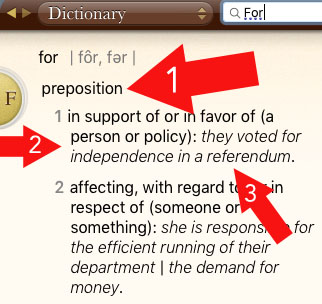






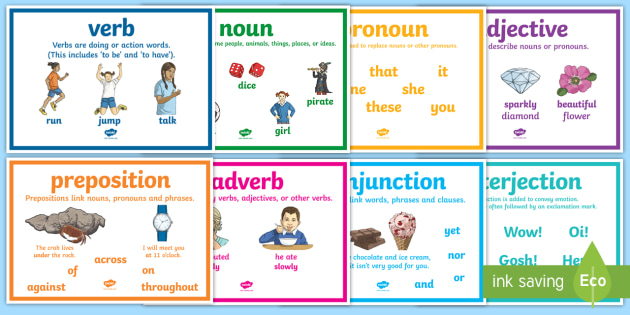

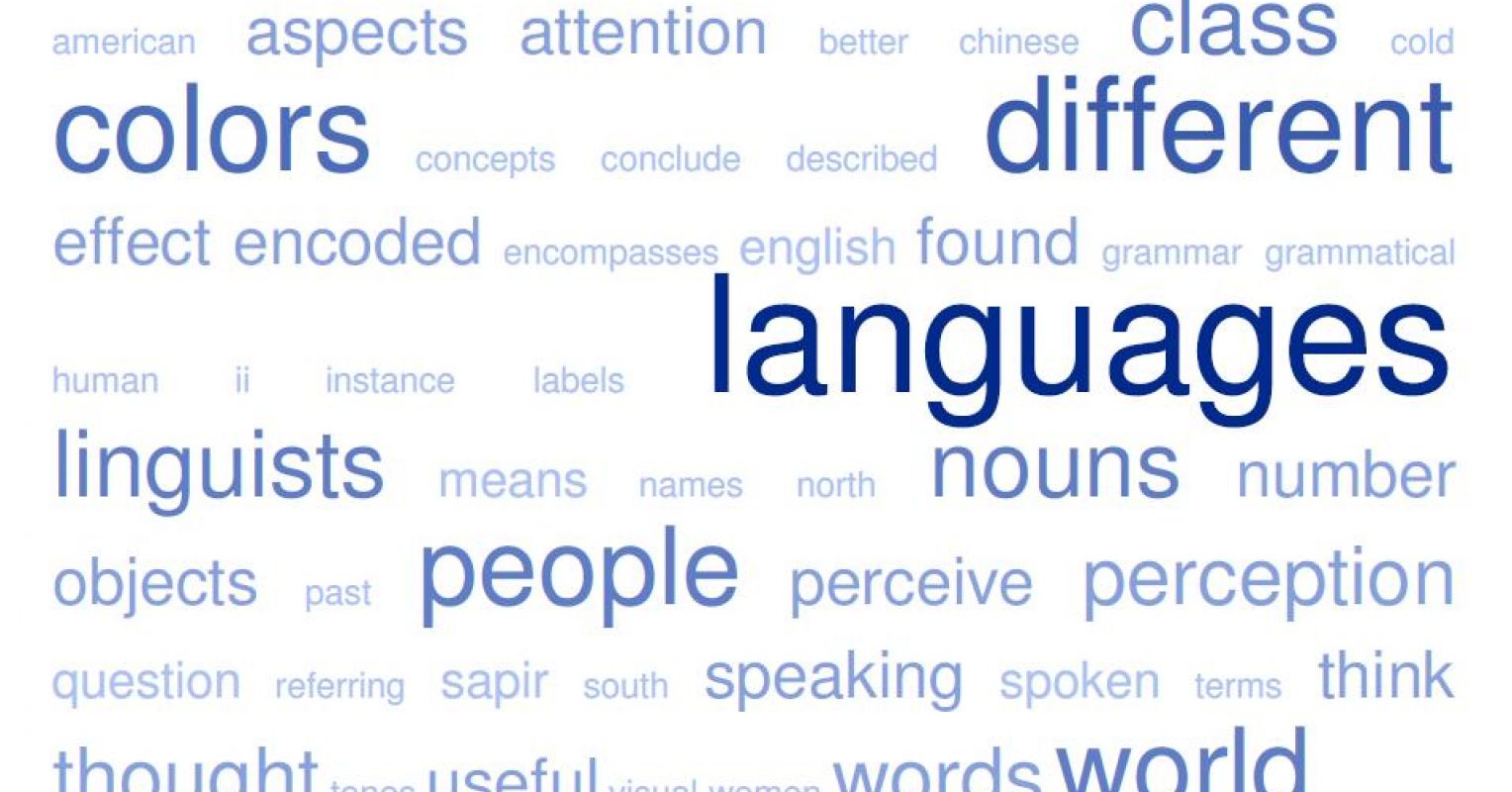






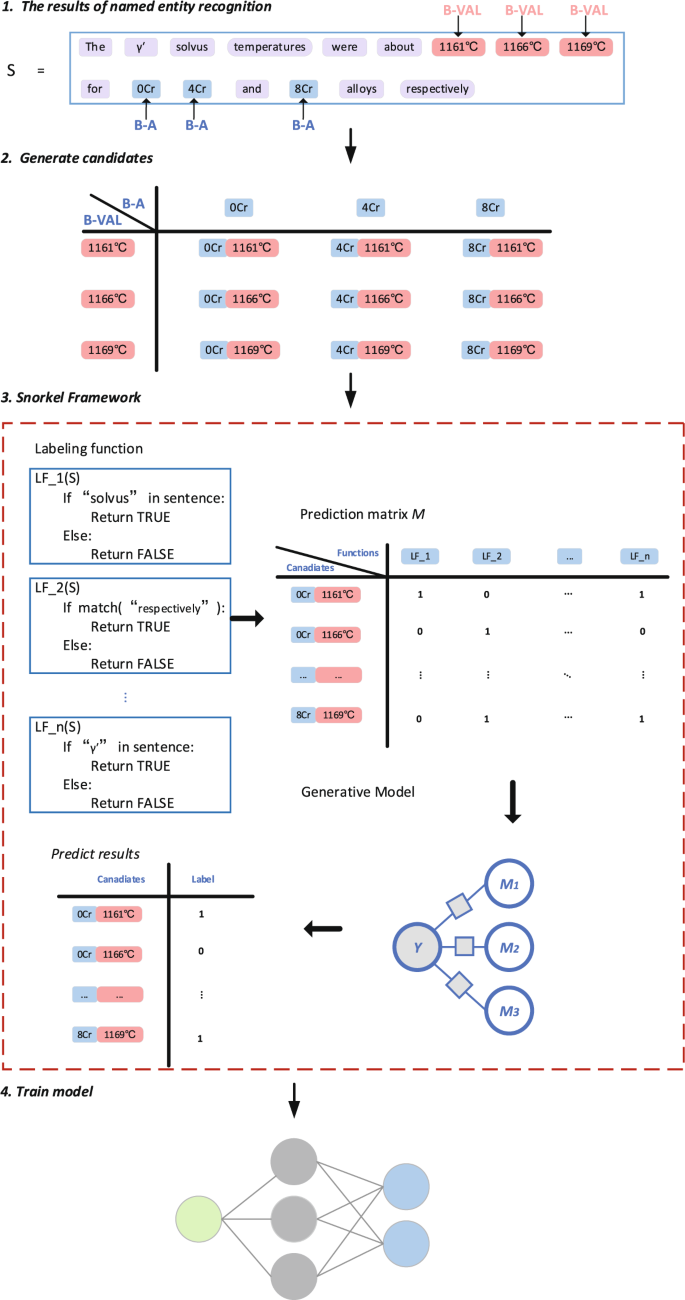
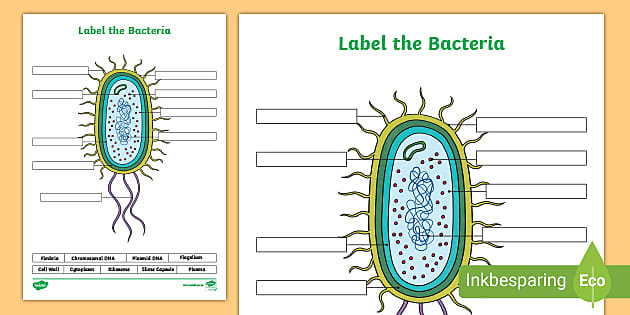




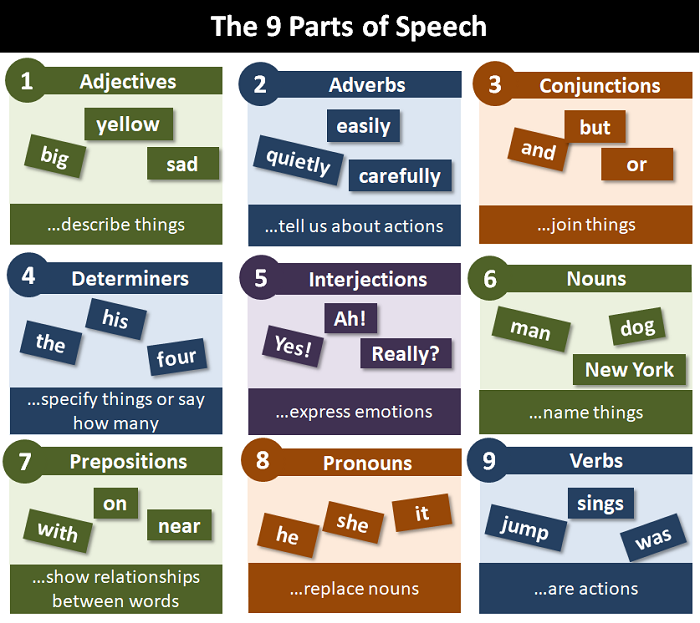

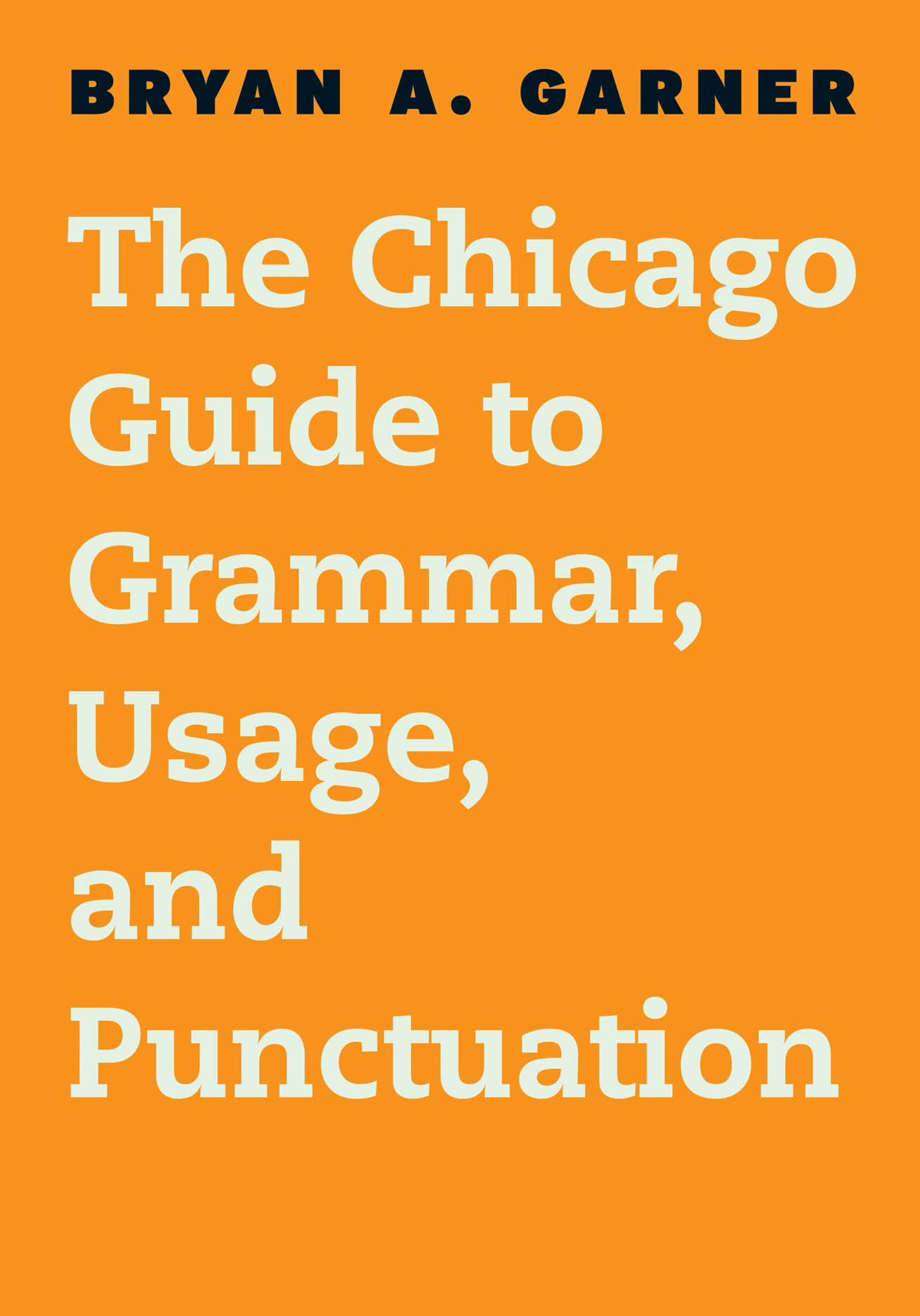



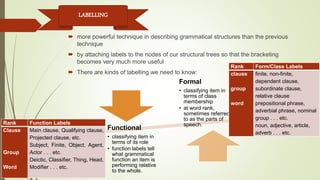




Post a Comment for "40 grammatical labels and functional labels of words"